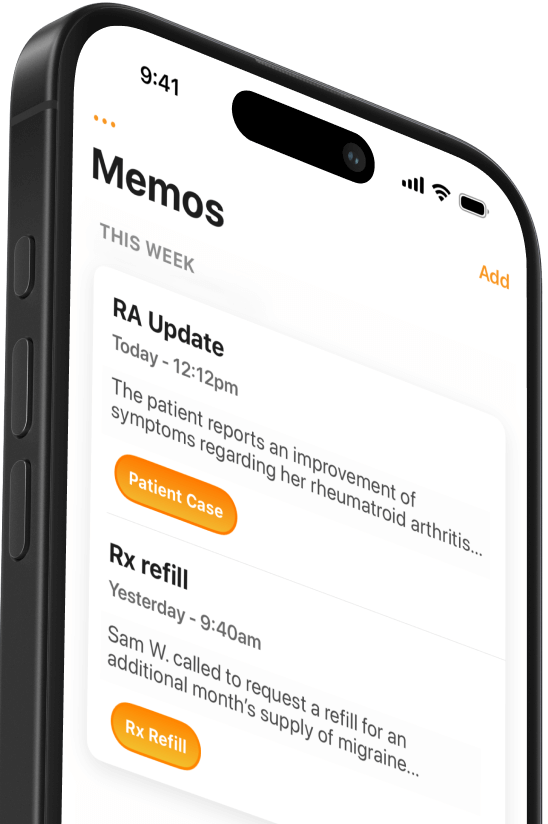EHR Interoperability Trivia
Did you know that health information exchanges were first discussed in the 1980s? Learn the surprising history of EHR interoperability.


Popular articles
Earlier this year we wrote a two-part posts about the future of health information exchange, which explored current trends in the effort for electronic health record (EHR) interoperability. This week, to give you some context, we focus on the history of provider to provider communication. Here are five fun facts about health information exchange that will make you the coolest kid at your next EHR interoperability trivia night.
- Talk of health information exchanges has existed since the 1980s. Community Health Information Exchanges (CHINs) and Regional Health Information Exchanges (RHIOs) represent previous attempts at interoperability. These initiatives from the ‘80s and ‘90s mostly failed because they were premature - technology standards didn’t exist, the organizational need wasn’t clear, and they couldn’t overcome competitive agendas.
- Federal legislation has been key to developing health information exchange (HIE). From the Medical and Health Insurance Information Reform Act in the ‘90s to the HITECH Act in 2009, incentives and penalties around meaningful use of EHRs has driven HIE growth. The most important legislation has come from the Centers for Medicare & Medicaid Services.
- EHR utilization is nearly double that of a decade ago. EHR adoption was a necessary first step before providers could communicate, and June 2015 data shows that 79% of REC enrolled primary care providers are now using EHRs. New Hampshire and Kansas are leading the way with 97% adoption in each state.
- The acronyms were really unleashed when President Bush created the Office of the National Coordinator (ONC) for Health Information Technology (HIT) in 2004. A quick history of healthcare interoperability requires no less than 20 acronyms, including some obscure combinations like NYeC (New York eHealth Collaborative) and NVE (Network Validated Entities). Identifying these acronyms is likely to stump even your most experienced interoperability trivia guests.
- Other industries have proven the value of digitizing and transmitting inter-organizational data. For example, the bar code was first patented in 1952 but didn’t find widespread utility until supermarkets began using it to automate checkout in the late ‘70s. The bar code reminds us that industry-wide adoption can take a while and that a common data standard (like FHIR with the Argonaut Project) is crucial.
Related Articles


We Get Doctors Home on Time.
Contact us
We proudly offer enterprise-ready solutions for large clinical practices and hospitals.
Whether you’re looking for a universal dictation platform or want to improve the documentation efficiency of your workforce, we’re here to help.




